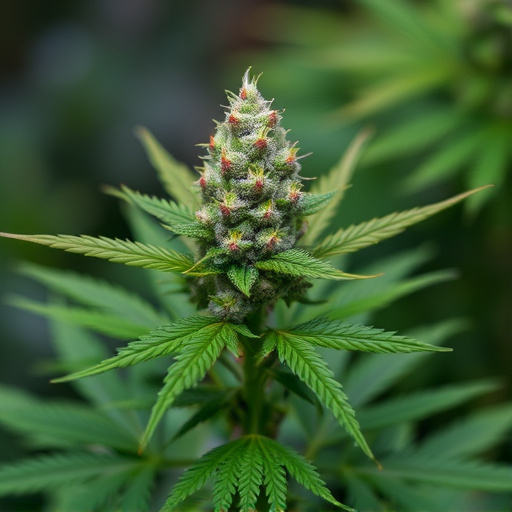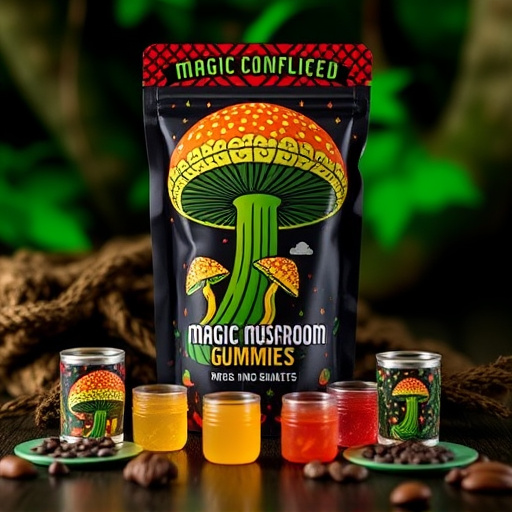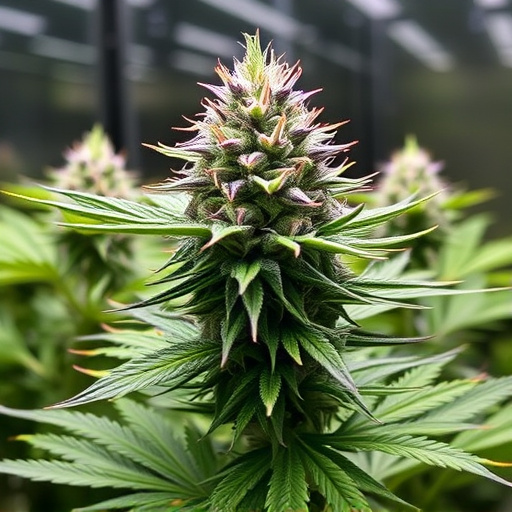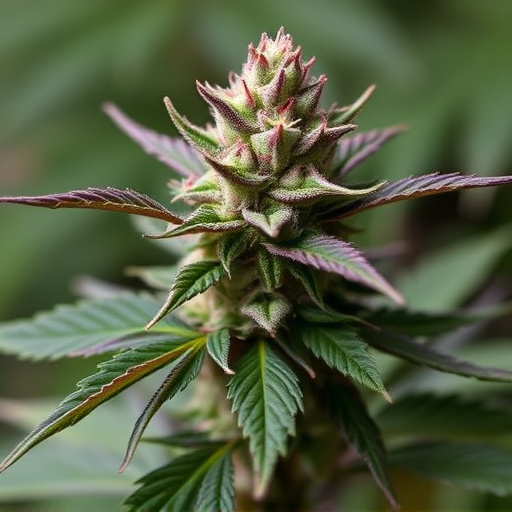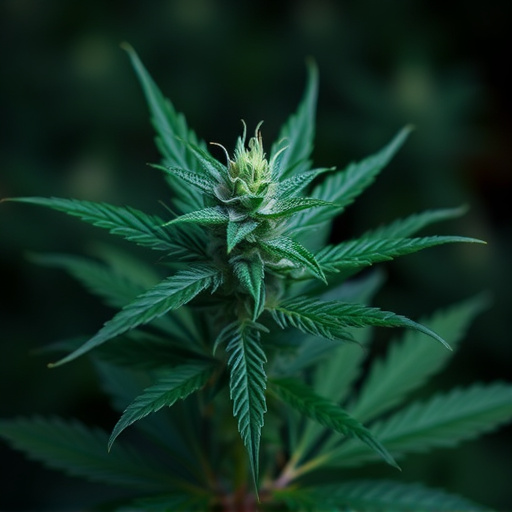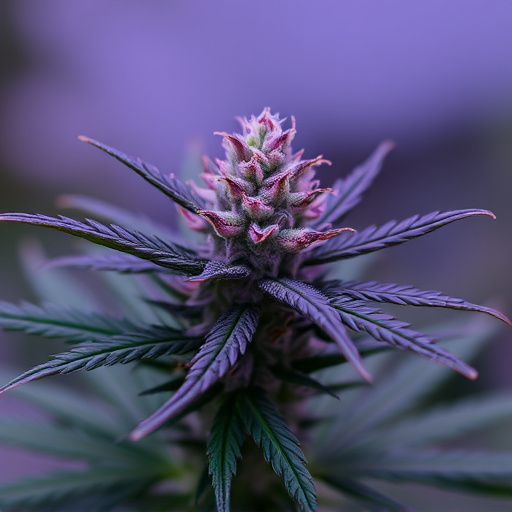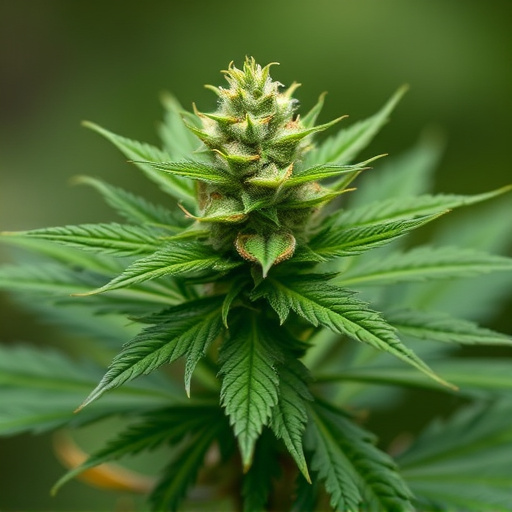Understanding how temperature impacts the absorption of cannabinoids THC and CBD is key for managing fibromyalgia with cannabis. Different consumption methods have optimal temperature ranges affecting compounds' bioavailability and efficacy. "Best cannabis strains for fibromyalgia" can be tailored to these ranges, enhancing therapeutic effects. Optimal vaporization occurs between 82°C to 93°C for THC, while CBD's absorption increases above 160°C. High-CBD strains are recommended for pain relief without psychoactivity, with temperature-controlled methods maximizing cannabinoid availability.
Temperature plays a pivotal role in how our bodies absorb THC (tetrahydrocannabinol) and CBD (cannabidiol) from cannabis. This article delves into the science behind this effect, exploring how different temperatures influence the levels of these compounds and offering insights to optimize relief. We discuss specific considerations for individuals seeking respite from fibromyalgia symptoms, highlighting the importance of strain selection based on temperature sensitivity. Discover the best cannabis strains for fibromyalgia and learn to navigate the impact of temperature for enhanced therapeutic outcomes.
- Understanding Temperature's Role in Cannabis Absorption
- The Impact on THC and CBD Levels at Different Temperatures
- Selecting Strains for Fibromyalgia Relief Considering Temperature Sensitivity
Understanding Temperature's Role in Cannabis Absorption
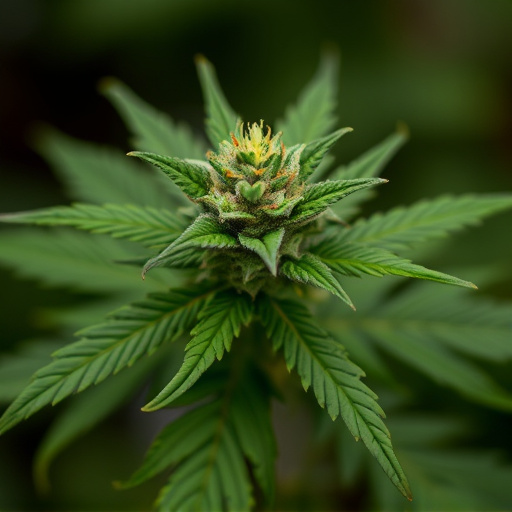
Cannabis users often seek out specific strains to manage various conditions, including chronic pain associated with fibromyalgia. In this pursuit, understanding how temperature impacts the absorption of key cannabinoids like THC and CBD is essential. Temperature plays a pivotal role in the bioavailability and efficacy of these compounds, affecting their absorption, distribution, and overall therapeutic effect.
When cannabis is consumed, whether through smoking, vaping, or edible forms, the body absorbs THC and CBD through the respiratory system (when smoked or vaped) or the gastrointestinal tract (for edibles). The temperature at which these consumption methods take place significantly influences how quickly and efficiently these cannabinoids enter the bloodstream and reach targeted areas of the body. Optimal temperature ranges can enhance absorption, potentially increasing the relief benefits for conditions like fibromyalgia, making certain cannabis strains more effective for specific needs.
The Impact on THC and CBD Levels at Different Temperatures
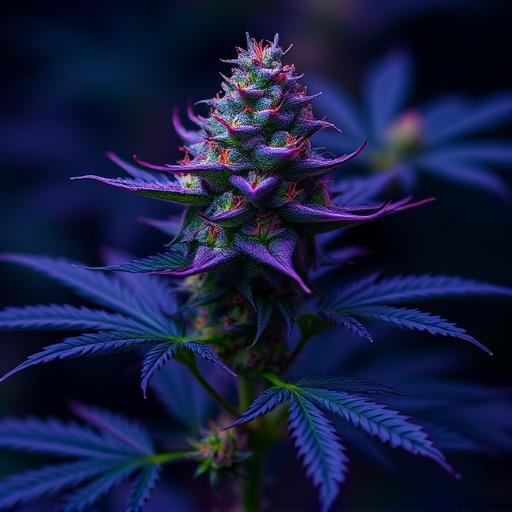
The temperature at which cannabis is consumed plays a significant role in determining the levels of THC (tetrahydrocannabinol) and CBD (cannabidiol) that are absorbed by the body. These compounds, known for their therapeutic properties, exhibit varying solubility and vaporization points based on heat exposure. When cannabis is heated, THC becomes more soluble in fat-soluble solvents, making it easier to absorb through lungs or oral mucosa. The ideal temperature range for maximizing THC absorption is between 180°F and 200°F (around 82°C to 93°C), as this is when THC efficiently vaporizes without decomposing.
In contrast, CBD has a higher boiling point, around 320°F (approximately 160°C). This means that while heating can enhance THC delivery, it might not significantly impact CBD absorption until temperatures reach closer to its boiling point. Different cannabis strains, known for their best effects in treating conditions like fibromyalgia, may exhibit varying ratios of THC to CBD, which also influences the optimal temperature range for maximizing therapeutic benefits. For instance, high-CBD strains can be consumed at slightly lower temperatures to avoid overwhelming THC effects while still delivering CBD’s pain-relieving properties.
Selecting Strains for Fibromyalgia Relief Considering Temperature Sensitivity
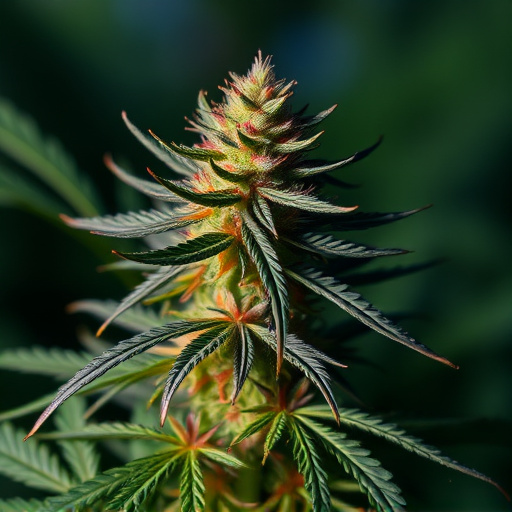
When it comes to selecting the best cannabis strains for fibromyalgia relief, understanding temperature sensitivity is crucial. Different strains can have varying levels of THC and CBD, two primary cannabinoids known for their therapeutic effects. Temperature plays a significant role in how these compounds are absorbed by the body.
For optimal absorption, many recommend consuming cannabis at or around body temperature (around 98.6°F or 37°C). At this temperature, lipids in the endocannabinoid system become more accessible, enhancing the bioavailability of THC and CBD. When choosing strains for fibromyalgia relief, opt for those with higher CBD content, as it’s known to reduce inflammation and alleviate pain without the psychoactive effects of THC. Consider temperature-sensitive delivery methods like vaporizers or edible capsules to ensure the cannabinoids are delivered efficiently to your system.
In understanding how temperature influences THC and CBD absorption, consumers can make informed decisions when selecting the best cannabis strains for fibromyalgia relief. Knowledge of optimal consumption temperatures allows individuals to enhance the efficacy of their treatment and target specific symptoms more effectively. By considering temperature sensitivity, patients can navigate the diverse effects of different strains, ensuring a tailored and soothing experience. This approach leverages science to optimize natural remedies, providing relief and enhancing overall well-being.

